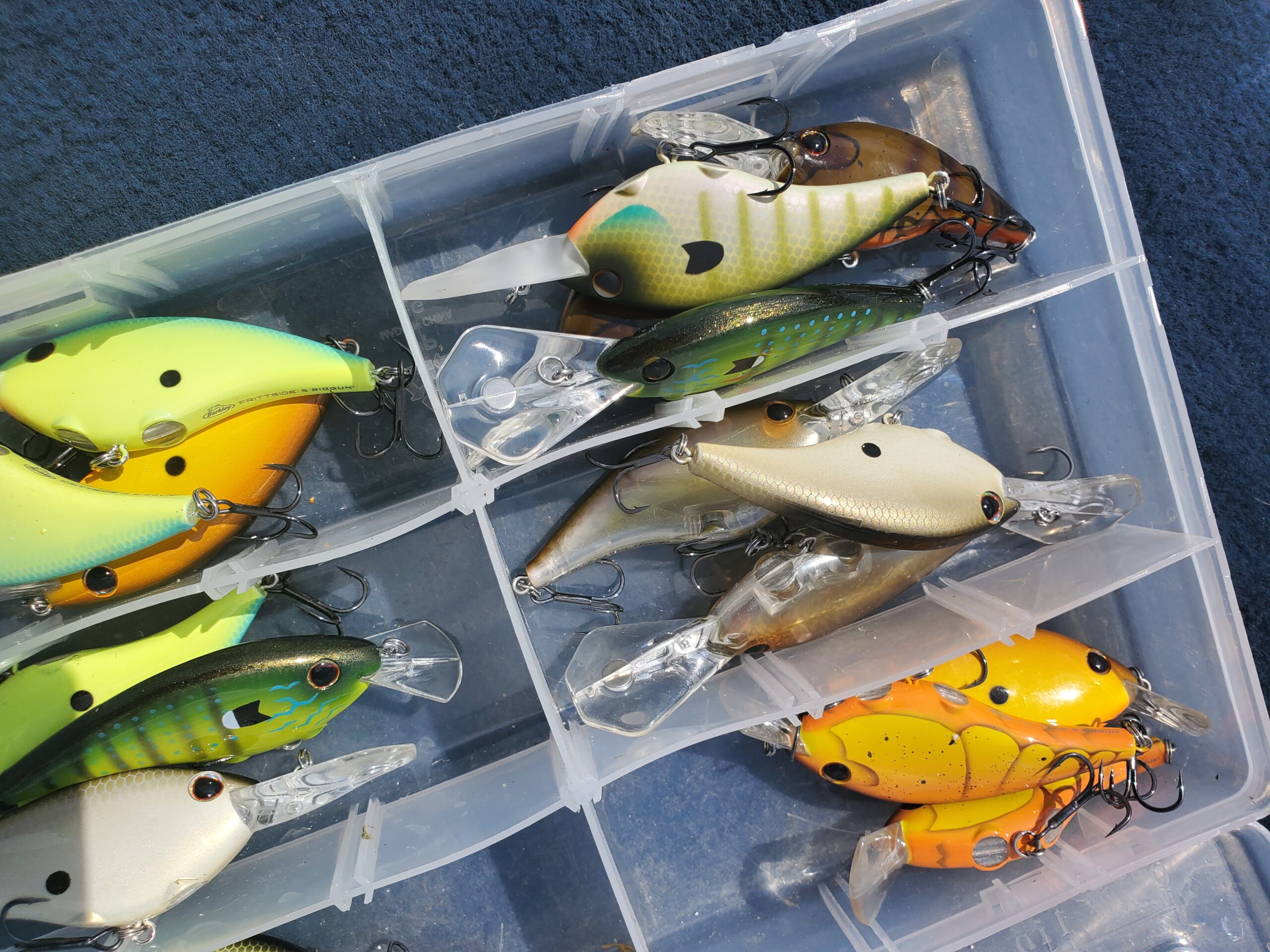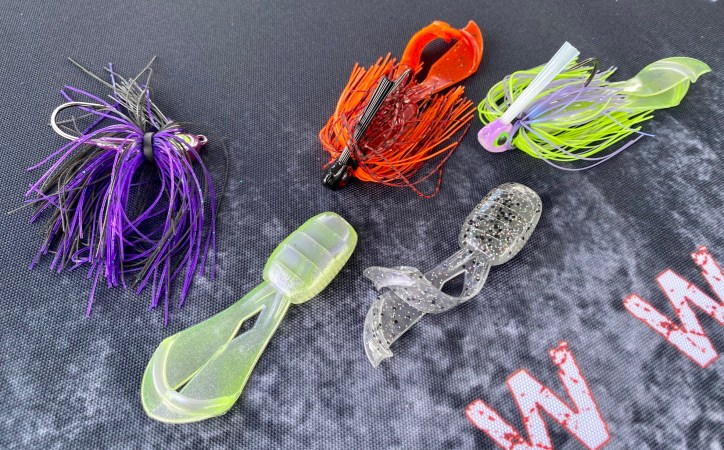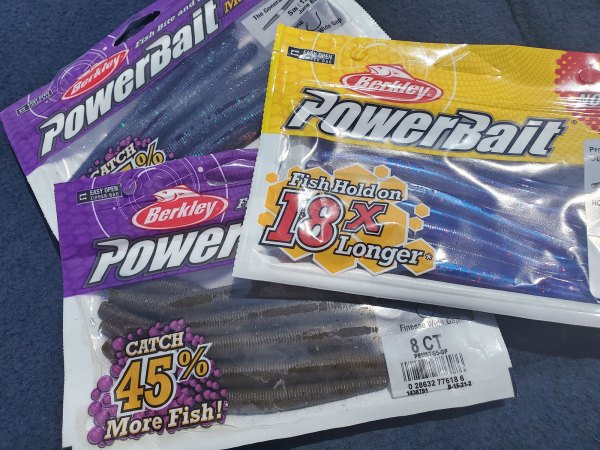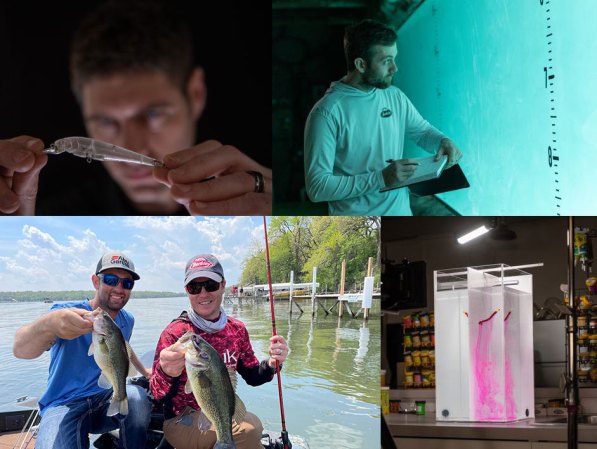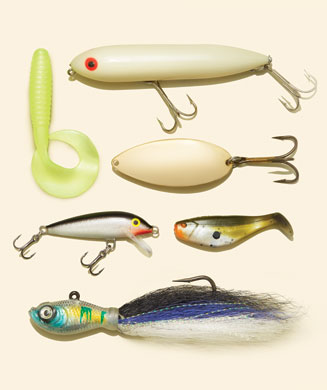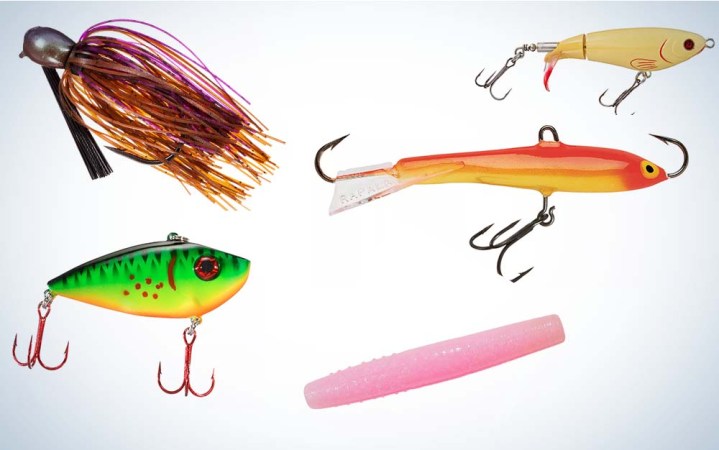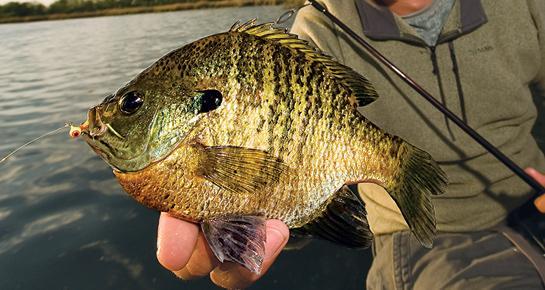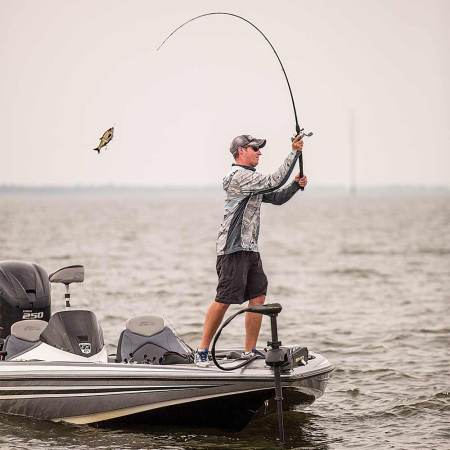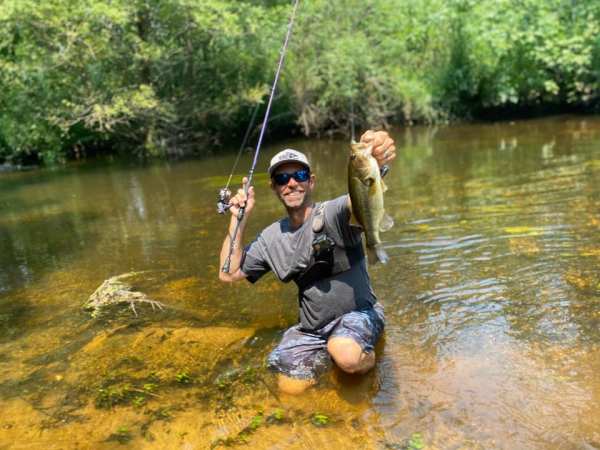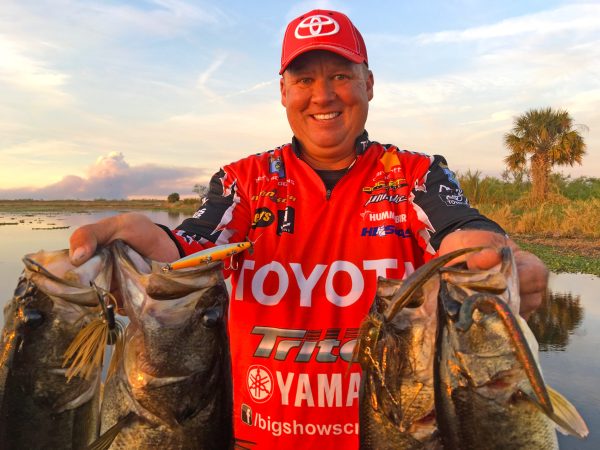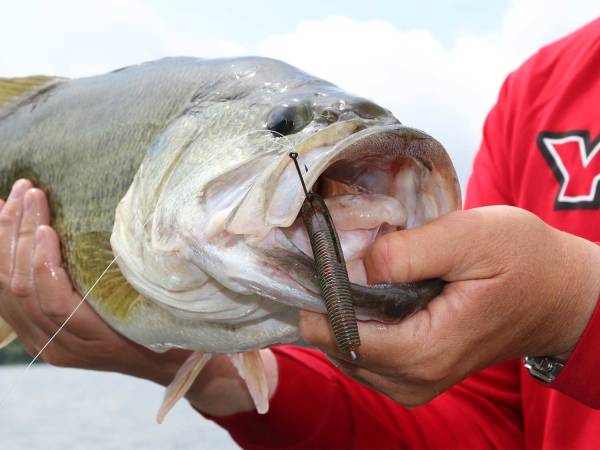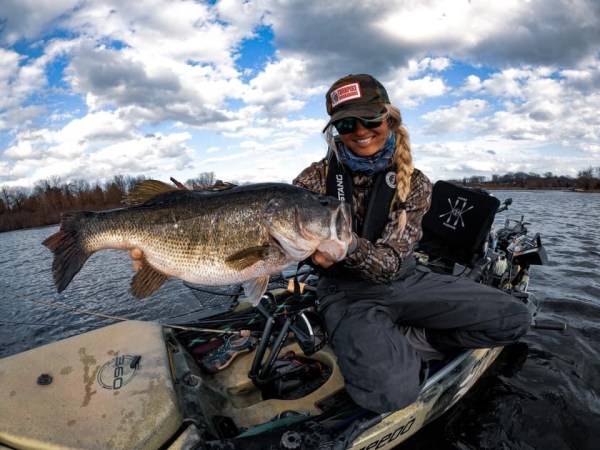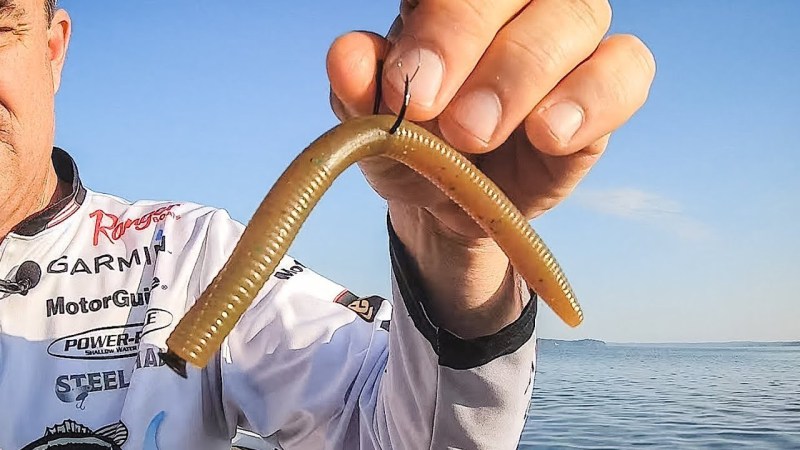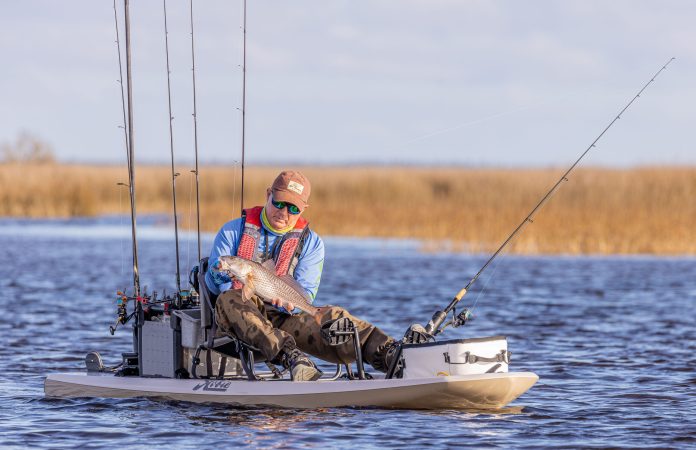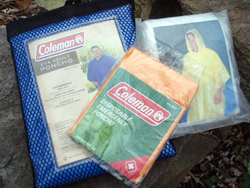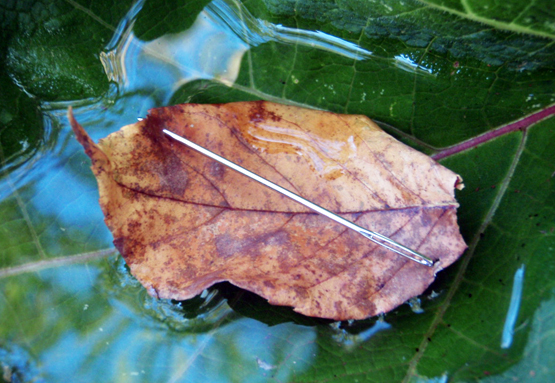We may earn revenue from the products available on this page and participate in affiliate programs. Learn More ›
Did you know there are dozens of styles of jig heads for bass, each one specifically designed for maximizing its fish-catching ability in various conditions? I didn’t. But Bass Fishing Hall of Famer Gary Klein does, because he wrote the book on ‘em. He uses them all amid an ongoing 40-plus-year career of professional tournament fishing, wherein choosing the ideal jig can mean the difference between a check for $500,000 or another free hat.
For example Berkley currently makes a “football jig” Klein uses for crawling through rocks on the bottom vertically; a swim jig that has a pointed head; there’s a skippin’ jig with a wide, flat shoulder that Gary has used to win numerous tournaments by skipping it way under boat docks; there’s a flippin’ jig with an oval-shaped head and a huge 5/0 hook; a heavy cover jig with a 1-oz bullet head designed to punch through grass mats; a finesse jig with a smaller skirt for skittish fish … you get the point.
Me? I typically buy any ole’ blue-and-black jig, flip it near a stump and hope for the best. But I’m finally beginning to realize that merely “hoping” in my lures rather than thoroughly understanding them reduces my effectiveness on the water. What if I could’ve been skipping jigs a few feet further back under boat docks all these years? I doubt I’d have won a title, but I probably would have caught more fish.
All of this started to click after I toured Berkley Fishing company of Spirit Lake, IA. It’s spent more than 35 years researching what makes fish bite and developing bass lures to trigger them. Its team then combines the laboratory data with real-world experiences of the world’s best professional fisherman to produce lures and baits that are designed to catch more fish in a given situation. Unfortunately, many of us may not be fishing those lures to their max effectiveness.
New Lures Are Designed to Stay in the Strike Zone Longer
Years ago, the angler was expected to impart all the action on the lure through manual motions such as reeling speed, rod angle, and lifts or pulls to the rod. But today the biggest lure companies invest big bucks in designing baits that have natural action designed in.
For example, crank baits have traditionally been designed to float so reeling them in would make them dive to a given depth based on the lip design and retrieval speed. But what if, say, fish are stacked at 11 feet? A “deep-diving” crankbait would dive through the 11-foot strike zone, hit 13 or 15 feet, then float back up so that the lure would actually only be in the strike zone for a few seconds on each cast. Through design engineering years ago, however, lure makers figured out how to make their cranks neutrally buoyant so they’d suspend at given depths, thereby vastly increasing the time spent in the zone. By keeping your lure in the strike zone for twice as long (or maybe three times as long) you increase your chances of catching a fish on every cast. But even this is a relatively old example. High-tech companies are way past this today, and if you don’t keep up with the tech, you could be missing fish.
Some New Lures Are Designed to Be Fished Slowly, Very Slowly
The 2021 Bassmaster Classic winner, Hank Cherry, used Berkely’s brand-new “Stunna” lipped jerkbait to catch five of his 15 bass. In sum, the lure that he helped design based on his years of fishing jerkbaits helped him.
“The bait is designed to catch fish that are feeding on baitfish,” said Cherry. “When you jerk the bait and then it pauses, it’s designed to “shimmy” so that it’s actually working while you’re not moving it. So, the more pauses you put into it, the better off you are.”
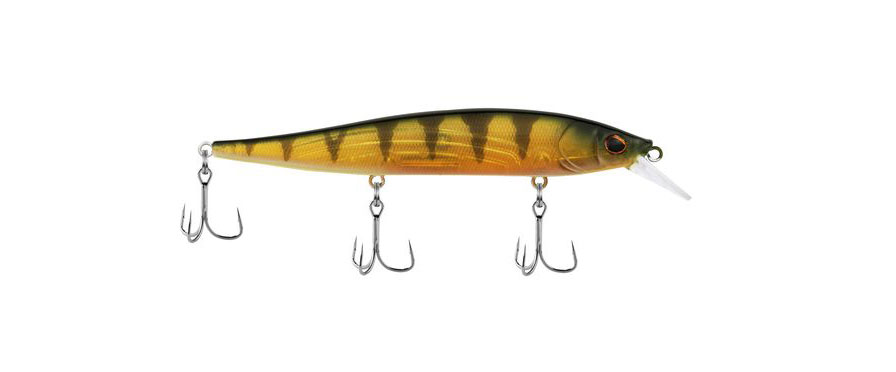
The “shimmy” Cherry talks about, or the lateral rolling action as it seeks balance in the water, was painstakingly engineered into the bait by a couple of Berkley’s lure geeks, Kyle Petersen and Dan Spengler, after more than a year of trial, error and tweaking. What did your daddy tell you when you fished a live minnow under a bobber? “Leave it alone!” I’ll bet. It’s similar to some of today’s best lures, including those that give off scents just like real baitfish. Cherry won the most coveted bass tournament in the world by understanding his lure’s action; instead of trying to impart his own action on it, he paused it often (fishing it slow) to let it do his bidding for him.
Evaluate a Lure’s Action in the Pool
This is all about working a lure with the presentation it’s designed to have. For example, some swimbaits are designed to be reeled while others are made to jerk or jig. Maybe the package has instructions on it; some do, some don’t. But the best way to know your lure (even better than Youtube videos) is to cast it in a clear swimming pool and study its action based on various retrieval speeds, depths, and rod movements. Then you can truly understand that lure’s action and how best to manipulate it.
Pairing a Lure with the Right Fishing Line is Critical
Another thing you’ll notice in the pool is the role your line plays on a bait’s action. Indeed, fishing line is perhaps the biggest source of misunderstanding by recreational fishermen. Currently the market is flooded with myriad types, materials, diameters, styles and brands of line, all purporting to be best for this or that. But in order to choose the right line for your specific needs, you should be aware of not only what’s available, but what makes certain lines ideal for specific uses.
For crankbaits and spinners at shallow to medium depths in clear water, monofilament is great. Why? Bass are known to hammer these fast-moving lures at full speed, and mono lends the lure a sort of shock absorber (because monofilament stretches) that saves hooks from bending and line from breaking when they do. Mono can be made really thin and clear so it’s tougher for fish to detect. It’s also cheap.
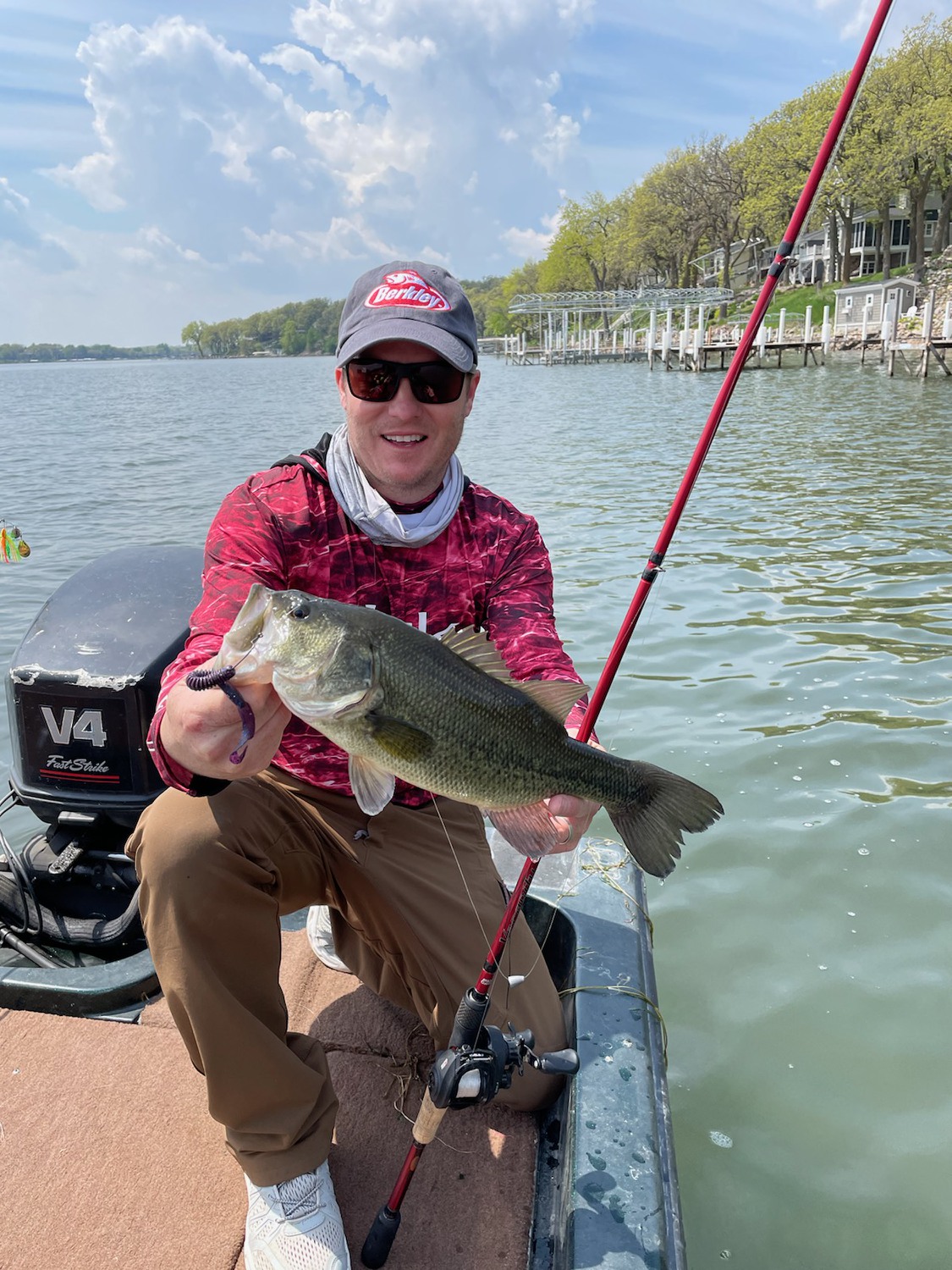
For plastics in most conditions, a full spool of fluorocarbon is tops–if you can afford it. It provides much greater abrasion resistance than mono with less stretch for solid hooksets yet is much tougher for fish to see than braid. Unlike mono, it sinks along with the bait, so your worm (or any other lure) can enjoy a more natural action.
If you’re fishing heavy structure where any hooked bass will likely wrap you around a limb or two before you can winch her out of there—braid is best. For deep, vertical jigging, braid (or even a mono-braid superline like Fireline) is also great.
Then you have hybrid setups. For cranking, an inexpensive monofilament with a fluorocarbon leader (tied together with a double uni-knot so it slips seamlessly through your rod guides) gives you good shock absorption via the mono with great abrasion resistance where it matters. Plus this setup won’t break the bank. Braids with a fluoro leader are favorite rigs for jigs; the braid gives sensitivity and hook-driving leverage while the flouro leader lends a bit of stretch for hook protection and low visibility for spooky fish. The same setup works great for flukes. Plus, if you get hung—which you will—the flouro leader will snap before the braid does, saving you money.
Sure, you can use any of these lines with decent results across many fishing styles, but some are better suited to certain techniques than others. By understanding your lines and lures, you’ll catch more fish.
